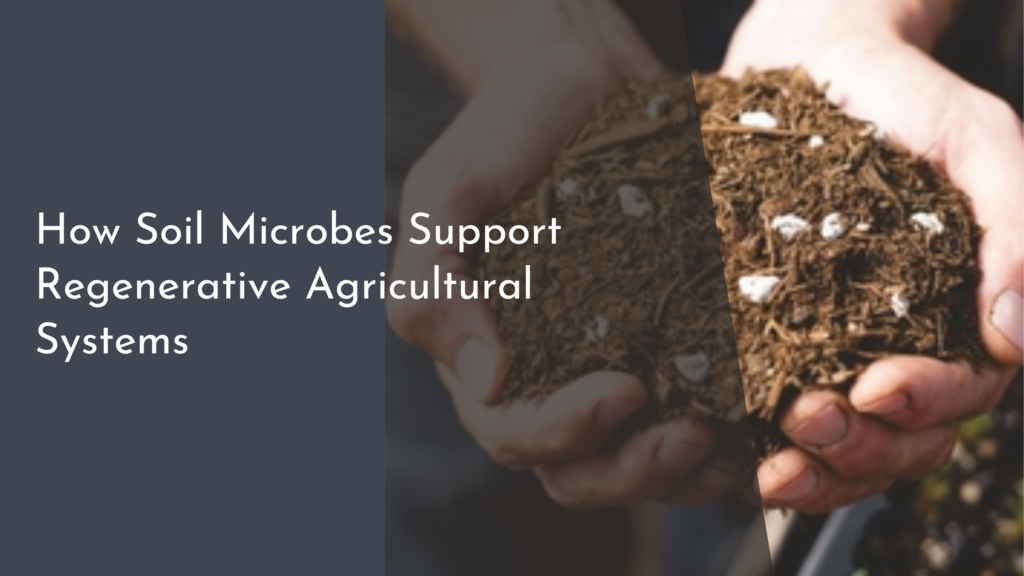Restoring Urban Ravines for Erosion Control and Habitat
Urban ravines, often overlooked and underappreciated, play a crucial role in maintaining the ecological balance within our cities. These natural corridors not only provide essential habitats for various species but also serve as vital areas for erosion control. As urban development continues to expand, the need for restoring these ravines has become increasingly important. This article explores the significance of urban ravines, the importance of community engagement in restoration efforts, the role of native plants, and inspiring success stories that demonstrate the positive impact of these initiatives.
The Importance of Urban Ravines for Erosion Control
Urban ravines serve as natural barriers against soil erosion, helping to stabilize the landscape in areas prone to heavy rainfall and runoff. Their unique topography allows them to absorb excess water, reducing the risk of flooding in surrounding neighborhoods. By managing water flow and promoting groundwater recharge, ravines play a critical role in maintaining the health of urban ecosystems. Furthermore, they act as natural filtration systems, trapping pollutants and sediments before they can enter local waterways, thus contributing to cleaner rivers and lakes.
In addition to their hydrological benefits, urban ravines provide essential habitats for a variety of wildlife. Birds, mammals, and amphibians find refuge in these green spaces, which often contain diverse plant communities. By preserving and restoring ravines, cities can enhance biodiversity and create corridors that facilitate wildlife movement. This not only enriches urban environments but also fosters a deeper connection between residents and nature, reminding us of the importance of preserving our natural heritage amidst urbanization.
Engaging Communities in Ravine Restoration Efforts
Community involvement is vital for the success of ravine restoration projects. Engaging local residents not only raises awareness about the ecological significance of these areas but also fosters a sense of ownership and responsibility. Workshops, volunteer days, and educational programs can empower community members to take an active role in the restoration process. By working together, residents can identify specific issues affecting their local ravines and collaborate on solutions, from invasive species removal to planting native vegetation.
Moreover, community engagement can lead to the development of long-lasting partnerships between local governments, non-profit organizations, and residents. These collaborations can provide the necessary resources and expertise to effectively restore urban ravines. As communities unite to protect and enhance their natural surroundings, they also cultivate a sense of pride and accomplishment. This collective effort not only ensures the success of restoration initiatives but also strengthens community bonds and promotes environmental stewardship.
Native Plants: Nature’s Heroes for Habitat Revival
Native plants play a pivotal role in the restoration of urban ravines, acting as nature’s heroes in the fight against erosion and habitat loss. These plants are well-adapted to local soil and climate conditions, making them more resilient and better suited for supporting local wildlife. By planting native species, we can create a thriving ecosystem that attracts pollinators, birds, and other beneficial organisms, enhancing the overall biodiversity of urban ravines.
Furthermore, native plants have deep root systems that help stabilize soil and prevent erosion. Their ability to absorb water also aids in managing stormwater runoff, reducing the risk of flooding in urban areas. By prioritizing the use of native flora in ravine restoration projects, we can create sustainable landscapes that not only benefit the environment but also provide aesthetic and recreational value for the community. The revival of these habitats through native plant restoration can transform barren urban spaces into vibrant, green corridors.
Success Stories: Transforming Urban Spaces Together!
Across various cities, there are inspiring success stories that showcase the transformative power of urban ravine restoration. For instance, the restoration of the Don Valley Ravine in Toronto has not only improved water quality but also created a vibrant recreational space for residents. Community members came together to plant thousands of native trees and shrubs, resulting in a flourishing habitat that attracts diverse wildlife and enhances the overall beauty of the area.
Another remarkable example can be found in the restoration efforts along the Los Angeles River, where volunteers and local organizations have worked tirelessly to revitalize the surrounding ravines. By removing invasive species and reintroducing native vegetation, these efforts have led to the resurgence of wildlife and improved water quality. Such success stories demonstrate the power of collaboration and the positive impact that community-driven restoration projects can have on urban landscapes. Together, we can transform our cities into greener, more sustainable spaces for future generations.
Restoring urban ravines is an essential step toward enhancing our cities’ ecological health and resilience. By recognizing their importance for erosion control, engaging communities, utilizing native plants, and celebrating success stories, we can work together to create vibrant urban ecosystems. The journey of restoration not only benefits the environment but also fosters a sense of community and connection to nature. As we continue to invest in these green spaces, we pave the way for a brighter, more sustainable future for all. Let’s embrace the challenge and celebrate the beauty of our urban ravines!

